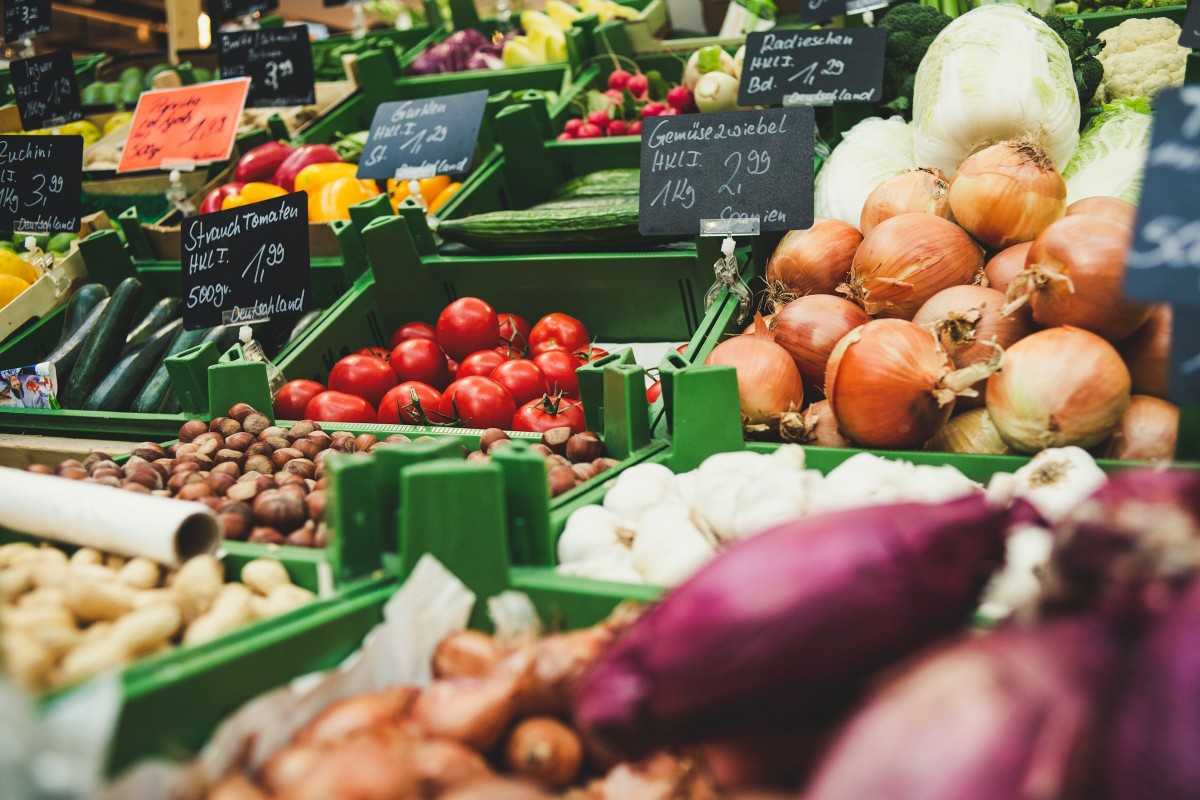
If you’re living in Italy or just visiting, grocery shopping can quickly eat into your budget — especially if you’re unfamiliar with the local supermarket scene. Luckily, Altroconsumo, Italy’s leading consumer organisation, has analysed 1,150 stores across 67 cities, from supermarkets and hypermarkets to discount chains. They looked at 1.6 million prices across 125 product categories, including food, household, and pet care items. The result? A clear ranking of where to get the most for your money.
Rising grocery prices in Italy: what you should know
Between March 2024 and March 2025, supermarket prices in Italy rose by 2.2% on average. Traditional supermarkets increased slightly more (+2.4%), followed by discount stores (+2.1%) and hypermarkets (+1.9%). Over the last five years (2021–2025), prices have jumped 24% in supermarkets, 23% in hypermarkets, and 26% in discount stores, all above Italy’s general inflation of 19%.
For foreigners trying to stick to a budget, knowing which stores offer the best value is essential.
How to save: supermarket rankings by shopping style
Depending on what you buy, the best savings strategy changes. Here’s the breakdown:
Cheapest products (“first-price” shelf)
- Eurospin is the clear winner: a family of four could save up to €3,700 per year — nearly 40% compared to the national average.
- Aldi (index 101) and In’s Mercato & Lidl (tied at 102) follow closely.
- Discount vs traditional supermarket: the difference is significant — non-discount stores don’t appear until 7th place (Ipercoop, index 115).
Mixed basket (brand + private label + budget items)
- Top discount: In’s Mercato — save up to €2,838 per year for a family of four.
- Other savings options: Eurospin (102) and Lidl (106).
- Among traditional supermarkets/hypermarkets: Famila is the cheapest, followed by Coop (101) and Conad (102). Maximum savings drop to just €208 per year, so discounts clearly pay off.
Private label products
- Carrefour offers the highest savings for private-label items — up to €3,308 per year.
- Other options: Spazio Conad and Conad itself.
- Branded products also offer savings, but the annual benefit is smaller: up to €506 for a family of four, €447 for a couple, and €307 for a single shopper.
Note for foreigners: Branded products in Italy show huge price differences between stores — sometimes over 100%! Always compare before buying.
Where in Italy should you shop?
Savings depend not just on the store but also on the city:
- Northern Italy offers the best opportunities: in Como, a family can save up to €1,386 per year; in Rome and Bologna, over €1,300; in Florence, almost €970.
- In Central Italy, savings are smaller: cities like Perugia, Pisa, or Pescara offer €400–€700 per year.
- In the South, differences are minimal: in Naples or Caserta, maximum savings barely reach €50 per year.
In terms of overall spending:
- Cheapest cities: Venice (€6,260 per year), Como (€6,282), Verona (€6,386)
- Most expensive city: Sassari (€7,410+ per year)
Tips for foreigners: how to save money on groceries in Italy
- Choose discount stores for maximum savings — Eurospin, In’s Mercato, and Lidl are consistently cheapest.
- Mix shopping strategies — buy some private-label products, but don’t ignore discounts for branded goods.
- Compare prices by city — even the same supermarket chain can vary significantly depending on the location.
- Use apps and flyers — many Italian supermarkets offer weekly promotions and loyalty discounts.
Insider tip: For newcomers in Italy, learning which stores are cheapest in your city can save hundreds or even thousands of euros annually.
In summary, grocery shopping in Italy doesn’t have to be expensive. By understanding which chains offer the best deals and comparing prices locally, you can eat well, save money, and enjoy your life in Italy — whether you’re a long-term expat or just visiting.
